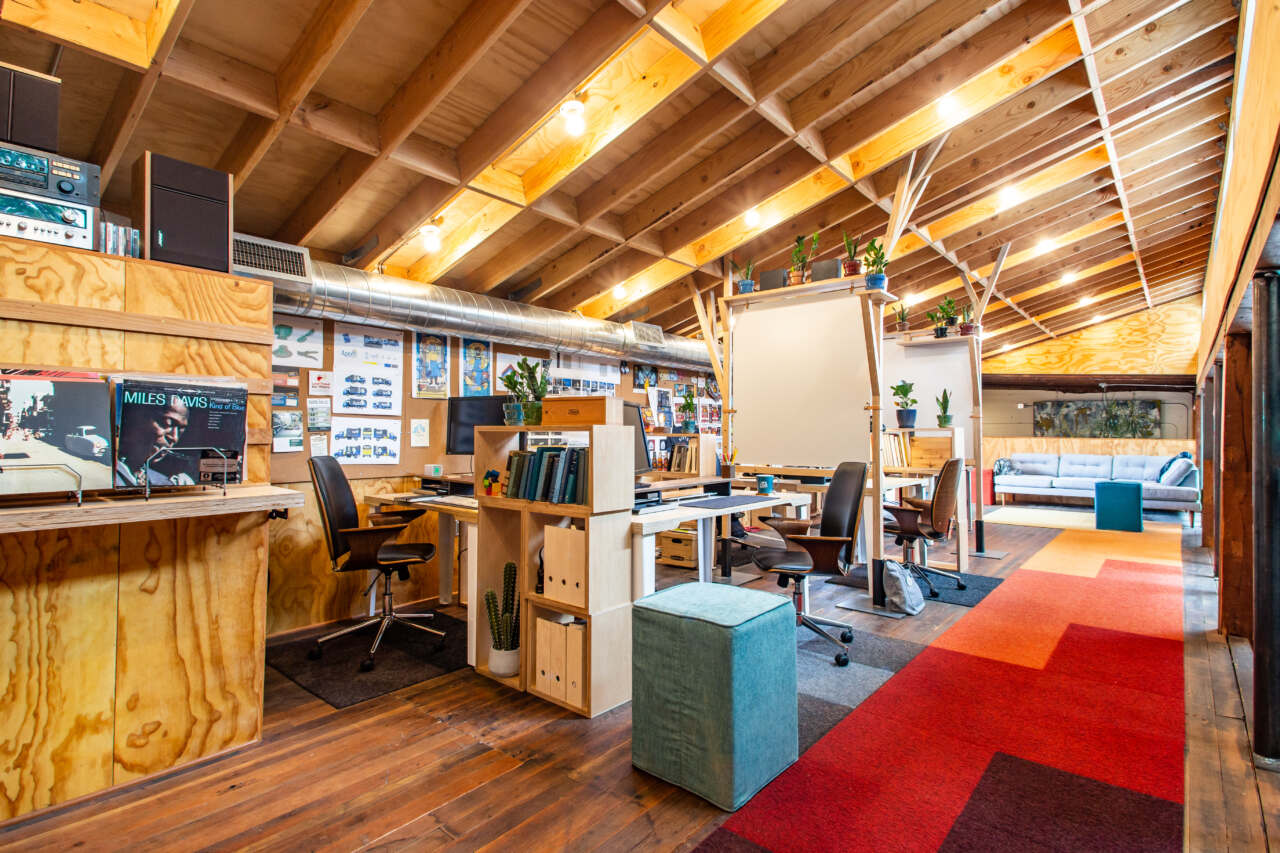Our Thoughts

Bryan Taylor
The Farce that is Human-Centered Design (HCD)
The very nature of design demands that we consider an end user and his or her experience with our work. If you haven't been practicing human-centered design all along, you've been doing it wrong.
All design is human-centered design — or at least all good design is human-centered. The marketing world is abuzz about "human-centered design," which is essentially just the promotion of an empathetic methodology to better understanding the people who will be using whatever is being designed; understanding how they will be using it, and then going through an iterative process to create a tailored solution to their specific needs. And I would argue that if you haven't been approaching design in this way already, you're not a good designer.
"I would argue that if you haven't been approaching design in this way already, you're not a good designer."


